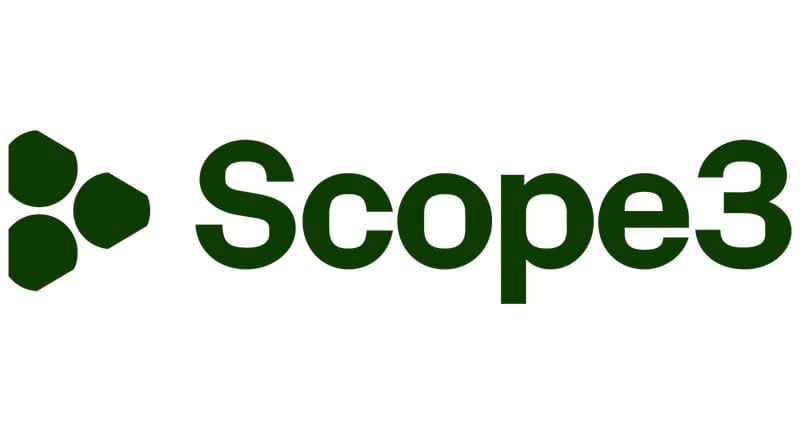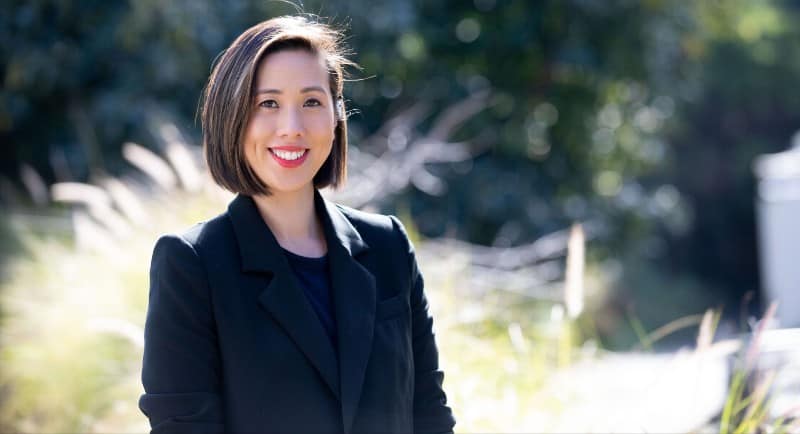Scope3 is on a mission to decarbonise media and advertising, and in August, June Cheung officially marked her first year as the company‘s Head of JAPAC.
With the industry increasingly focussing on how to improve its sustainability efforts, Mediaweek caught up with Cheung to speak about her time in the role and what decarbonising the industry actually looks like.
What have your first 12 months as Scope3 Head of JAPAC been like?
“The last 12 months have been a very exciting time, it’s great to see the industry lean in to be committed to taking action in the sustainability journey. Sustainability is a very new topic for the media advertising industry, but I was pleasantly surprised with the response.
“Every brand I’ve talked to says ‘sustainability is a core pillar of our company, and it’s fantastic to hear that there’s a solution like Scope3’. Also from the sell side, the publishers and platforms, they’ve all seen it as an opportunity to differentiate themselves in a market that’s competitive and cluttered. They know that sustainability is an opportunity for them to sell more of their inventory to the market, so that they’re capturing that green demand.

In a practical sense, what does decarbonising media and advertising actually look like?
“On the ground, what’s happened in the last 12 months is people taking action. There’s been enough talk about targets, so the key thing is commitment to action.
“From an agency perspective, over the last 12 months they started to measure and understand their carbon footprint, and where is the carbon coming from in their media plan. They’re also taking action to reduce it, removing the high carbon sites from their media activity to drive a significant impact. Sometimes we’re seeing between 20 and 25% on average reduction if you remove the worst offending sites, but it has a neutral to positive impact on the campaign KPI performance, which is very important. Carbon emissions are not an isolated KPI, it has to go alongside the other campaign KPIs as well.
“From a publisher’s perspective, publishers are also rethinking how they present their media to the market. They’re looking at ways they can drive reduction and taking a proactive stance. On the ground is action, is measuring, is reducing, both on the buy side and sell side.”
There are so many contributors to carbon emissions, what sort of impact is the media and advertising industry having?
“When you look at the carbon emissions associated with the internet, it’s approximately 4% globally. To put that into context, 4% of global emissions is equivalent to the aviation industry.
“The opportunity from a digital advertising perspective is that the areas of production we have today can rapidly reduce carbon emissions, and have no impact on our day-to-day operations. We can get rid of the high carbon sites and the wastage of today really easily. It will still be the same media, what we’re avoiding is bottom-feeding bad actors, and low-quality inventory that somehow has sneaked into the industry anyway. Carbon offers a new lens for us to filter that out.”
Sustainability is very much on top of people’s minds at the moment. How do you use that momentum going forward?
“We’re harnessing that energy and commitment from the early adopters and scaling that. Our focus over the next 12 months is really to drive that action forward and scale it up.
“We’re working with all parts of the industry to have the carbon data at hand, so they can easily execute and feel empowered to deliver that message. Sustainability should be just as important as viewability, brand safety, or your hygiene metrics – that will give us the scale of commitment and make it really happen in terms of decarbonisation.
“In the next 12 months, we’ll be making it easier for people to decarbonise. People’s days are busy, so we want to make it as easy as possible for people.”
See Also: Magnite partners with Scope3 to make carbon emissions data available
–
Top Image: June Cheung
